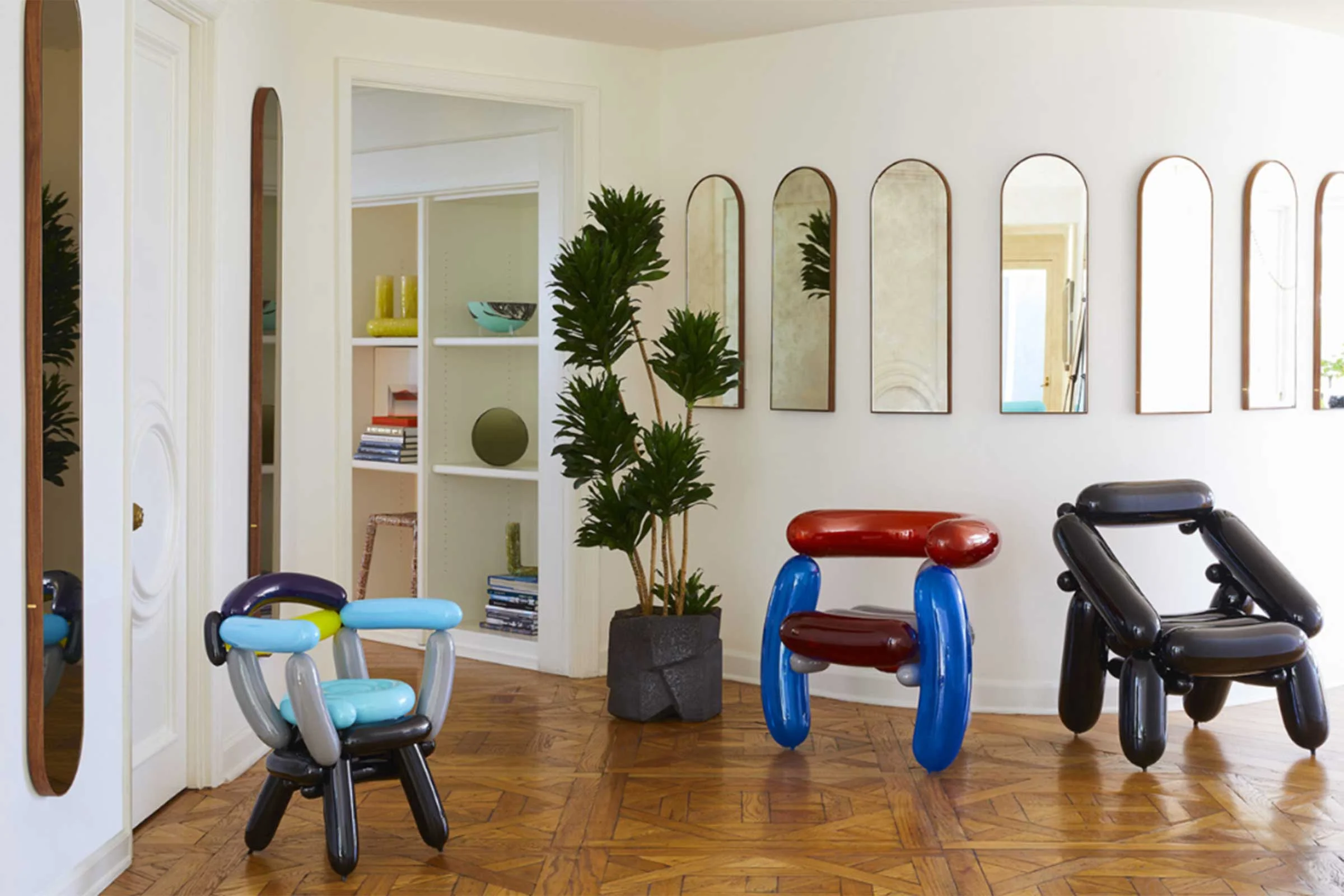The Four-handed Creations of Takahashi McGil

The husband-and-wife duo combine Japanese and Western woodwork techniques to produce homeware and furniture that highlight the material
Working with wood is a labour of love, and Kaori Takahashi and Mark McGilvray — who founded their eponymous studio together in 2016 — know this well. Born in South Africa and with a father who was a self-taught cabinetmaker, McGilvray has been surrounded by wood as far back as he can remember. Takahashi — who moved from Japan to the UK to study — discovered her adoration for the material later in life, though she is no less passionate about and involved in the business.
McGilvray and Takahashi met at the Wimbledon College of Arts in London, where they both studied fine art, and eventually decided to settle down 300 kilometres southwest of the British capital in Cockington, a picturesque village in Torquay, Devon, where they now live and work. They started out producing simple pieces for themselves, and gradually their hobby evolved to become the woodworking, furniture and homeware brand Takahashi McGil.
In their studio, the couple planes, chisels, turns, waxes and lacquers with precision, celebrating the natural beauty of their sole material. Made by hand from mostly local and sustainable hardwood slabs that have been gradually air-dried over several years, the pieces created by Takahashi McGil are usually finished with hard wax oil or tung oil, both made from natural ingredients. While McGilvray starts with the woodturning, Takahashi finishes the pieces, doing most of the chisel work. Working as a couple, this four-handed process is what makes every bowl, spoon, decorative pot, tray or furniture unique. Making their process and pieces even more compelling is their dual heritage and the combination of Japanese and Western woodworking techniques and tools they employ.
Both admirers of Japanese-American woodworker and furniture maker George Nakashima, who mastered live edge furniture, the couple try to maintain a close connection to nature through their pieces. For Takahashi McGil, beauty doesn’t mean perfection. On the contrary: their wood creations often incorporate knots, voids and cracks, results of the drying process.
Always striving to expand their knowledge and hone their craft, the duo visits Takahashi’s family in Japan once a year, taking the opportunity to reconnect with the culture and attend courses, like the one they took on urushi lacquering in summer last year.
At the crossroads of different cultures, Takahashi McGil brings together the best of both in refined and functional objects that exemplify the infinite possibilities of one material.
Text / Karine Monié
Images / Courtesy of Takahashi McGil














